Ferrari’s Rear-engined V-12 Revolution
The time "il Commendatore" changed his mind
WORDS & IMAGES BY: KARL LUDVIGSEN
After Ferrari’s success in Formula 1 with mid-mounted engines, it was easy enough to make a similar sports-racing transition. But putting a V-12 behind the driver was something else again. To Mauro Forghieri’s credit, he managed it.
After decades of the great Italian tradition of glorious front-engined racing cars, it was extremely difficult for Enzo Ferrari to accept the necessity to go rear-engined. He was the last of the Formula 1 brigade to make the change in 1960 and ’61. Ferrari did it with V-6 engines, compact units that were ideally suited to being placed between the driver and the rear wheels. Traumatic though the change was for il Commendatore, it was ultimately a successful turnabout.
At that time his V-12-powered sports-racers were still competitive. But should Ferrari do likewise? Enzo’s first step in that direction was 1961’s V-6-powered 246 S. This adaptation of Maranello’s G.P. concept to a sports-racer was successful. But it was not ideal for the long-distance races in which Ferrari’s V-12’s were established masters. Could a V-12 fit in a mid-engined car? Soon enough Enzo found examples of just such an installation not far from his home base.
For the 1961 season Maserati’s Giulio Alfieri produced a rear-engined sports car, the Type 63, built around the 2.9-liter four-cylinder engine that had powered the “Birdcage” Type 61. Early races showed the new car to be even more fragile than its predecessor under the pounding of a big-bore four-cylinder engine. Chief engineer Alfred Momo of the Briggs Cunningham team, which had financed these cars and owned some of them, suggested that Maserati install its 1957 Grand Prix V-12, taken out to three liters, in the Type 63. It would be more powerful and would certainly be smoother and easier on the car.
The first Type 63 V-12 turned up for Le Mans practice on April 8, 1961. One of the cars went on to place fourth overall that year, the only time the type was run at Le Mans. Though these Maseratis and their even uglier successor, the Type 64 of 1962, were unsuccessful, they performed well enough before they broke down to show Ferrari that a lengthy V-12 behind the driver need not be an obstacle to competitive handling.
The leader of Ferrari’s racing-design staff was Mauro Forghieri, then only 27 years of age. “At Maranello at the time it was considered crazy to build sports-racing cars with the classic V-12 behind the driver,” Forghieri recalled. “‘It can’t work with all that weight in the back,’ the Commendatore maintained, as he was one of the most resistant to changing ideas. The engine was thought to be too big and bulky, an opinion I immediately opposed.
“I was sure it would be successful,” Forghieri continued, “and proposed we build a car with a rear-end weight of no more than 55 percent of the total.” This first V-12 engine swap was made late in 1962. It used a 268 SP body and chassis with its wheelbase stretched in the engine room from 91.4 to 94.5 inches. A dry-sump version of the veteran three-liter V-12 was installed and fitted with a shorter exhaust system which to everyone’s amazement produced five more horsepower instead of the expected reduction.
“It was a bit of a gamble,” Forghieri admitted, “but in the meantime John Surtees joined us. He was a driver of tremendous technical lucidity. He supported me as did team manager Eugenio Dragoni.” Another asset was the recent arrival of British engineer-driver Michael Parkes, whose suspension knowledge helped make the new combination work without major alteration to the car’s parallel-wishbone suspension dating from the Carlo Chiti era.
The resulting 250 P, as the new open GT Prototype was designated, gained a reputation for remarkably good handling. Surtees described it this way: “Light throttle gives understeer characteristics and the suspension is designed to use tires that allow changeover from understeer to oversteer. The car is a little heavy on a slow corner, so you go to the apex of the corner in understeer and change to oversteer. It is very stable at high speed but does tend to weave a little when there is a crosswind.” Its stability was specially evident at Le Mans, where the 250 P was timed at 180 mph, generally without drama.
Weight of the 250 P was up to 1,670 pounds from the 1,450 of the preceding year’s sports/racing cars, not only because the engine was slightly heavier but also because Ferrari made this a genuine Prototype with a carpeted and trimmed interior, curved-glass windscreen and deep, full-width instrument panel including a glove compartment.
A few well-placed scoops replaced the earlier multiple slots and vents while the double-nostril air entry, a Chiti trademark, was replaced by a single rectangular scoop flanked by brake-cooling inlets and driving lamps. The cars ran both with and without Plexiglas fairings over their doors, depending on how bad conditions were in the hot, poorly ventilated cockpits.
Begun in 1962 by Mauro Forghieri, aerodynamic research matured in good time to be of benefit to the new mid-engined Ferrari sports-racers. The regulations for Le Mans required a full-width windscreen. For Ferrari’s open cars this posed a new aerodynamic challenge, especially for the long Mulsanne Straight put a premium on high speed combined with stability. In 1961 Chiti’s solution had been high rear-deck surfaces with tail spoilers but their stability was doubtful.
Desiring to gain the aerodynamic knowledge that the British seemed to be enjoying thanks to the wind tunnels of their aircraft producers, Forghieri asked Enzo Ferrari for permission to hire the full-scale tunnel in Stuttgart that was known for its automobile research. “On that occasion he was decidedly long-sighted,” found Mauro. “Due to the cost—despite working hard at night to save electricity—tunnels were not used much [in Italy] at the time. Ferrari understood that it could be an advantage.” This was a big concession by the man who long held that horsepower alone was the key to racing success.
A lot of ground had to be made up, said Forghieri: “We had no data and a data bank is fundamental to such work to create a comparison with a new model. It was an extremely specialized job for which we were unprepared. But Jürgen Potthoff, head of the Stuttgart University’s wind tunnel, was able to provide us with an enormous amount of material for comparison purposes. Also he became a non-stop source of useful suggestions and advice.
“The aerodynamic advantage began with the shape of the windscreen,” explained Mauro Forghieri, “which had to be wrap-around while it had only been slightly curved on all the other cars. We went crazy trying to achieve that shape, which was absolutely necessary if we were to avoid turbulence.” Working in aerodynamic concert with the screen was an arch behind the cockpit that resembled a rollover bar but in fact was shaped to capture and redirect the flow from the screen.
The upper surface of this arch across the rear deck was an inverted airfoil, placed at the same level as the top of the windscreen. It had several purposes. One was to reduce the turbulence in the wake of the windscreen and thus to diminish the aerodynamic drag to the level of a closed car. Another was to augment the effect of the rear spoiler in a way that would reduce lift—and even generate downforce—over the rear surface of the body. The height of the wing was determined by a series of tests in which different heights were tried.
“That way,” Forghieri explained, “the fluid air streams were captured by the glass so that they did not disperse with the airfoil system but were crushed—and that is no exaggeration—by the rear flap so that the pressure center increased fivefold.
Rear downforce was substantial and the car was much more driveable at high speeds. This early foray into aerodynamics was an industrial secret of considerable importance, so much so that we decided not to speak of it to anyone—not even the drivers or mechanics. But in that kind of situation it was difficult to keep things secret. Designer William Casoli knew about it but he said nothing.”
First versions of this new system appeared on Ferrari’s front-engined sports-racers in 1962. They were even better integrated in the 250 P, which was given its first static display at Monza early in March of 1963, followed by private trials. “I think we probably had a little luck,” Forghieri reflected, “which helps in technical matters despite seeming to be a paradox, because we got it all right simply by putting the concepts we had in mind into practice. The car went really well. I went to Monza for the final test during which Surtees literally shattered the track record.”
The 250 P delivered on this promise at Sebring later in March, with two examples placing first and second. Surtees with team newcomer Lodovico Scarfiotti were the winners. In April at the Le Mans test session Surtees obliterated all potential opposition by cutting 11.6 seconds off the track record and lapping at over 133 mph. In the race in June 250 P Ferraris placed first and third. They went between seven and eight miles per gallon while winning at over 118 mph and taking the Index of Performance trophy and prize money as well.
These new Ferraris weren’t successful in the Targa Florio but they scored further wins in 1963 at Nürburgring and Mosport. They also placed fourth in the Riverside professional race and second at Nassau with entries by Luigi Chinetti’s NART. It could be called a satisfactory first season.
Enzo Ferrari took steps to ensure that in 1964 his Prototype racing cars would not be edged out of outright wins by various rampaging Ford-powered products. Still roadsters—Ferraris were in fact the only open cars entered at Le Mans in 1964—their body shapes were refined further from 1963 and their ductwork improved while their chassis were basically unchanged.
When fitted with the 3.3-liter V-12 some of the Prototypes were designated 275 P while others, Ferrari’s counter-Cobra weapons, had the fundamentally different 4.0-liter V-12 and were named 330 P. This combination was first tried in public at Reims in June of 1963 when Mike Parkes cooked the clutch at the start of a sports-car race but came back to set successive lap records. In practice on the fast Reims circuit this first 330 P turned exactly the same lap speed, 132 mph, as Jim Clark’s pole-sitting Formula One Lotus.
The early Ferrari 4.0-liter engine, as used in the first 330 Ps, was based on the familiar 3.0-liter engine with a lowered crankshaft centerline. A new longer cylinder block, with dry cylinder liners and four-bolt caps for all main bearings, powered later editions of the 330 P. The new cylinder heads of this engine had better-shaped hemispherical combustion chambers than the older V-12, providing improved breathing to complement its added displacement.
In the 330 GT this 3,967 cc engine produced 300 bhp at 6,600 rpm. Given additional carburetion, a racing-type accessory drive and dry-sump lubrication it delivered 370 bhp at 7,200 rpm in the 330 P. Dry weight of the open racer was increased four percent by the bigger engine to 1,730 pounds over the 1,660 pounds of the 1964 275 P.
It would be difficult to sketch a more successful season than that enjoyed by these Prototypes in 1964. First and second at Sebring were filled by the 275 P with a 330 P third. At the Nürburgring a 275 P won. One of each type appeared for the Le Mans test day, turning the expected 133+ mph laps and, in the case of the 330 P, reaching just 190 mph on the Mulsanne Straight.
We know Enzo Ferrari was extremely concerned about the American challenge at Le Mans in 1964 because he did something most uncharacteristic. Alfa Romeo had a small test track at Balocco west of Milan. Ferrari obtained the use of this circuit. Skipping the Targa Florio, with a representative sample of cars his team carried out a full-dress simulation of the 24 Hours of Le Mans. As if this were not shakedown enough, they also tested the works cars thoroughly at Monza.
Small wonder the Le Mans finishing order showed a 275 P first, 330 P second and another 330 P third. The winning car averaged eight miles per gallon at a blistering record average of 121.6 mph, up almost four mph from the previous year, and again added the Index of Performance trophy to the bag. Later in 1964 330 P Ferraris were winners in the Tourist Trophy and the 1,000 Kilometers of Paris.
After Ferrari turned his attention to his Grand Prix cars to eke out a World Championship for John Surtees, his sports cars went farther from home to such exotic venues as Bridgehampton and Nassau. At the Long Island circuit Scarfiotti’s NART 330 P was fastest in practice but could not hold the pace of the American-engined machinery; a 275 P finished second in the 500-kilometer race. A Maranello Concessionaires entry won the 1,000 Kilometers of Paris. At Nassau the NART 330 P of Pedro Rodriguez placed third, again fast but no match for the Chaparrals and McLaren-Oldsmobile.
Most of the Prototype versions of these durable, maintainable sports cars were refurbished by Ferrari and fitted with low sports screens for sale to those in America and Europe who were in the market for cars that were fast, competitive and reliable. Ferrari had no compunctions about selling them to clients because he had a new Prototype on the stocks.
Designated 330 P2, Ferrari’s 1965 models enjoyed the first completely new concept in Ferrari sports-racing cars since Chiti and company left Maranello. Products of Enzo Ferrari’s new technical team, they had four-cam V-12 engines, semi-enclosed cockpits, enhanced suspensions and the latest in aerodynamic know-how. They and their successors would not always be able to beat Ford’s juggernauts, but the men from Dearborn always knew they had been in a race.


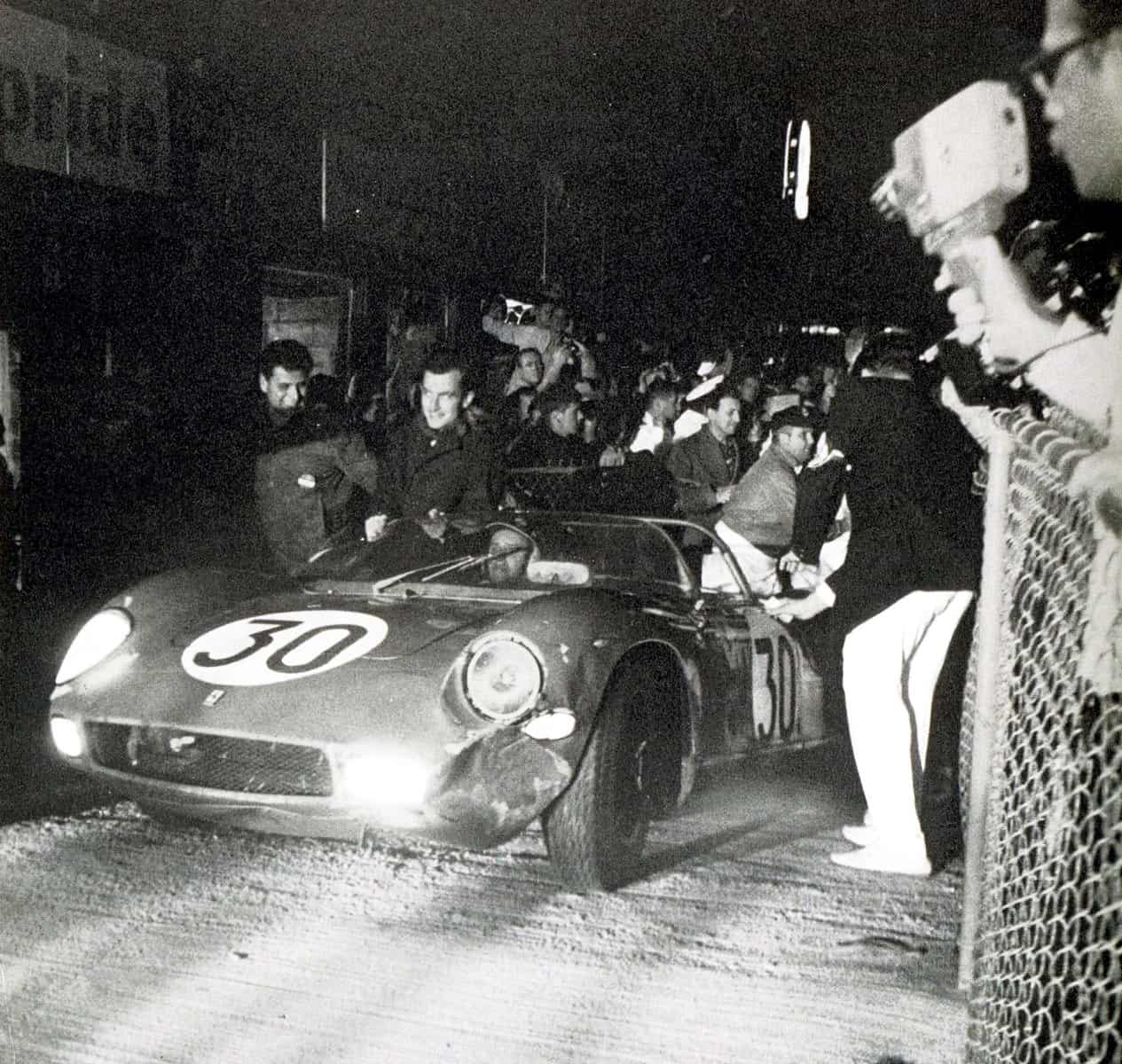
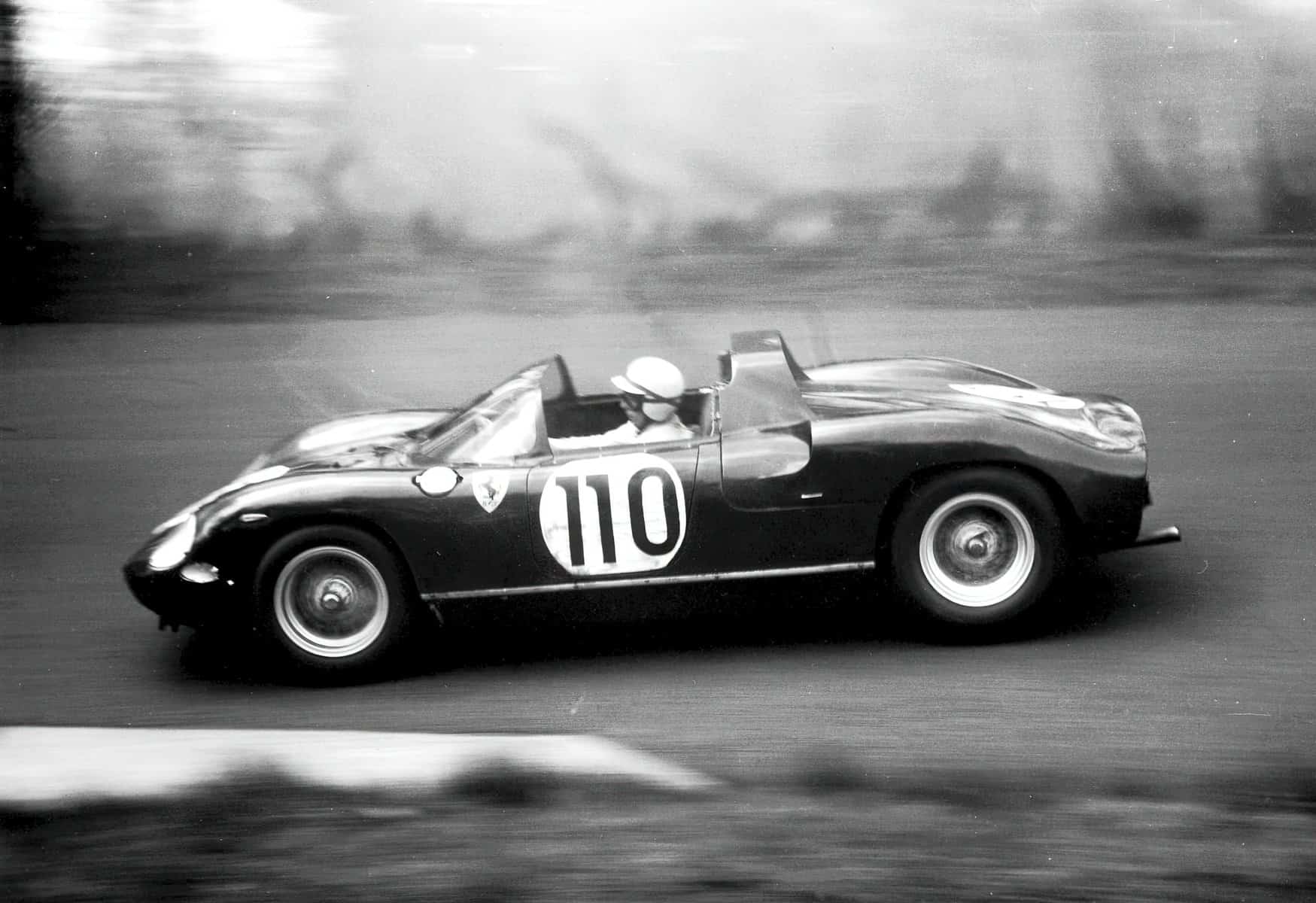

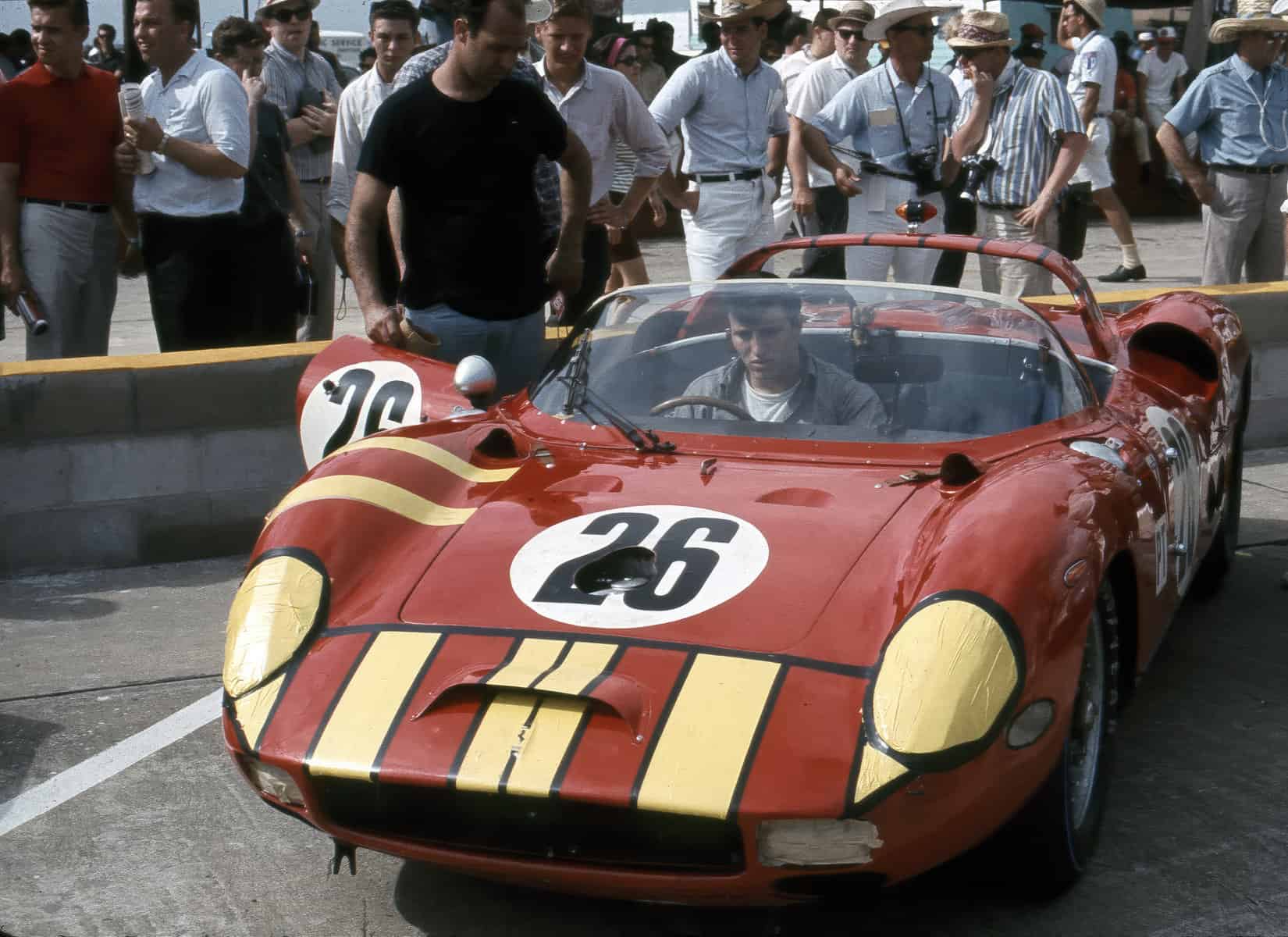
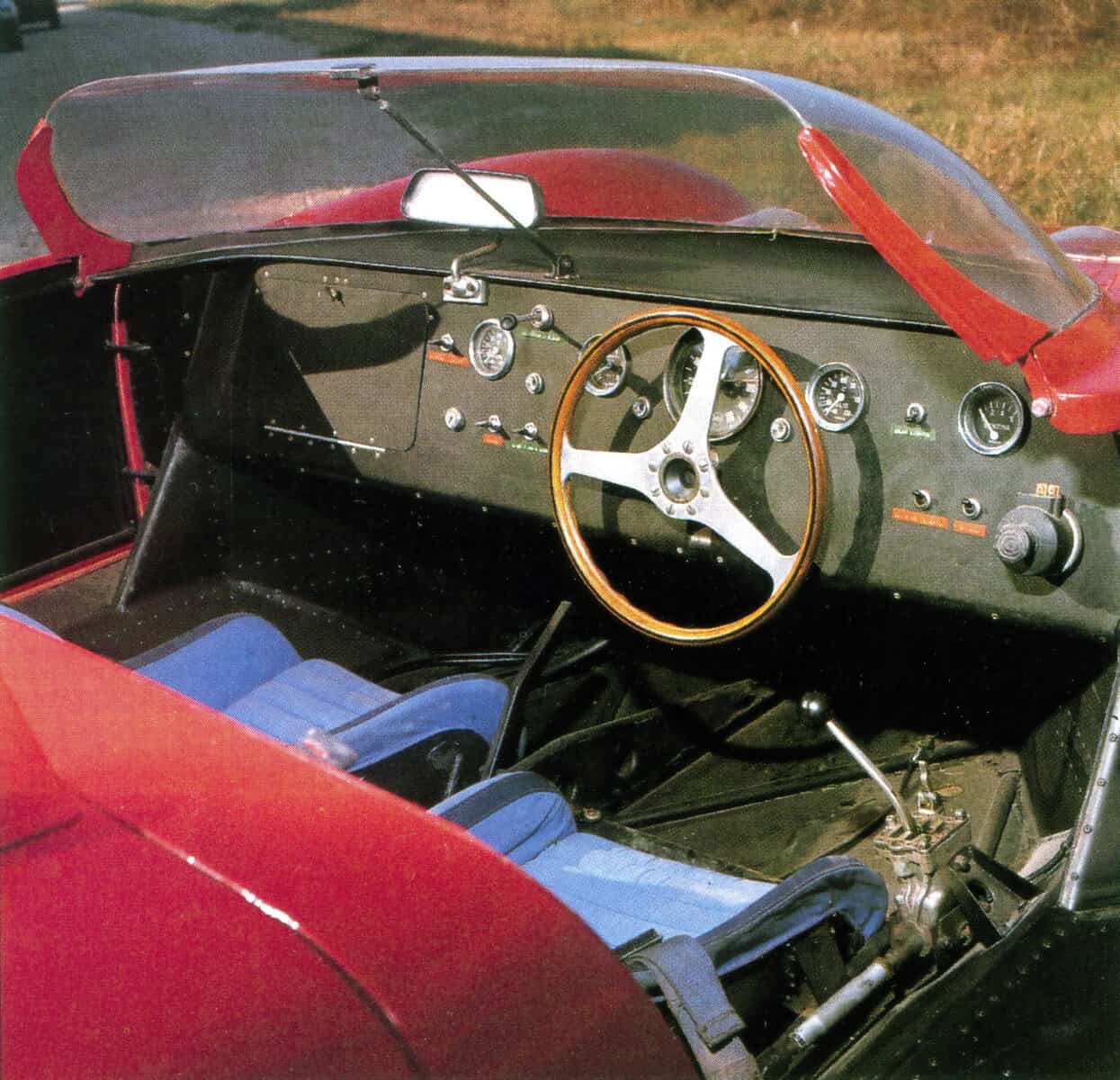
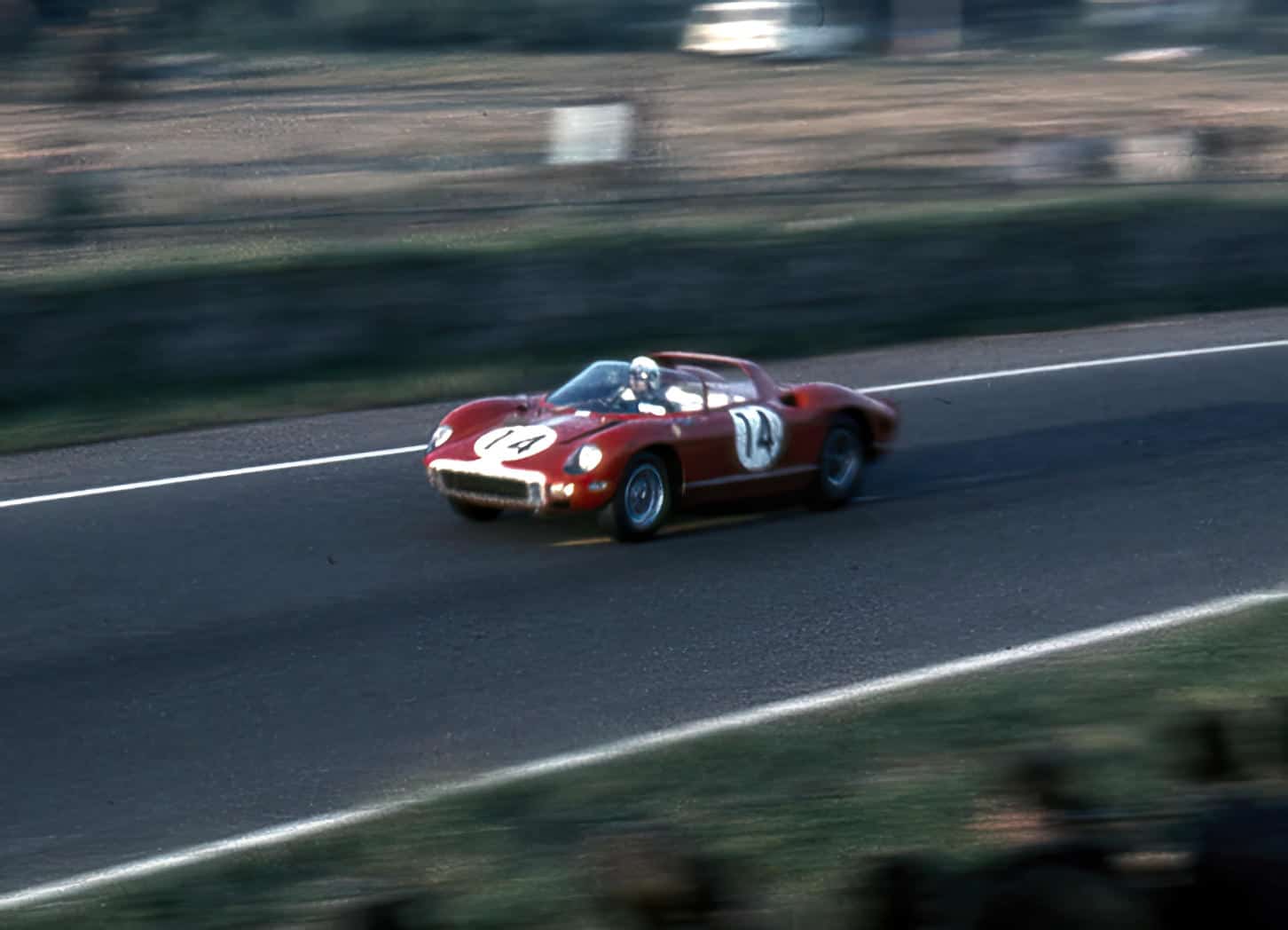
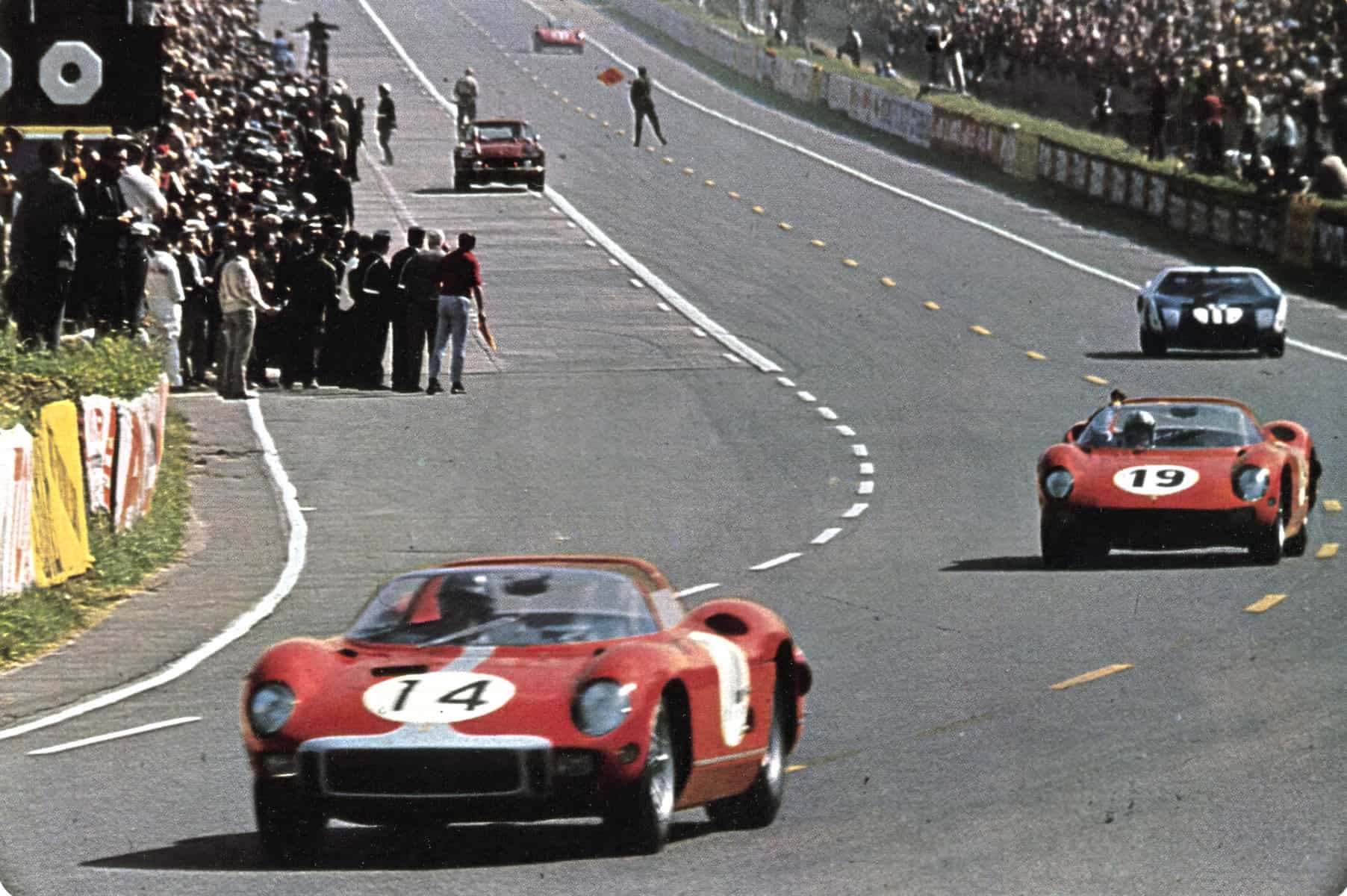



![alfa gtz perfectly imperfect webannerl[1]](https://automedia.revsinstitute.org/wp-content/uploads/2024/08/Alfa-GTZ-Perfectly-Imperfect-webannerl1-uai-1200x800.jpg)

